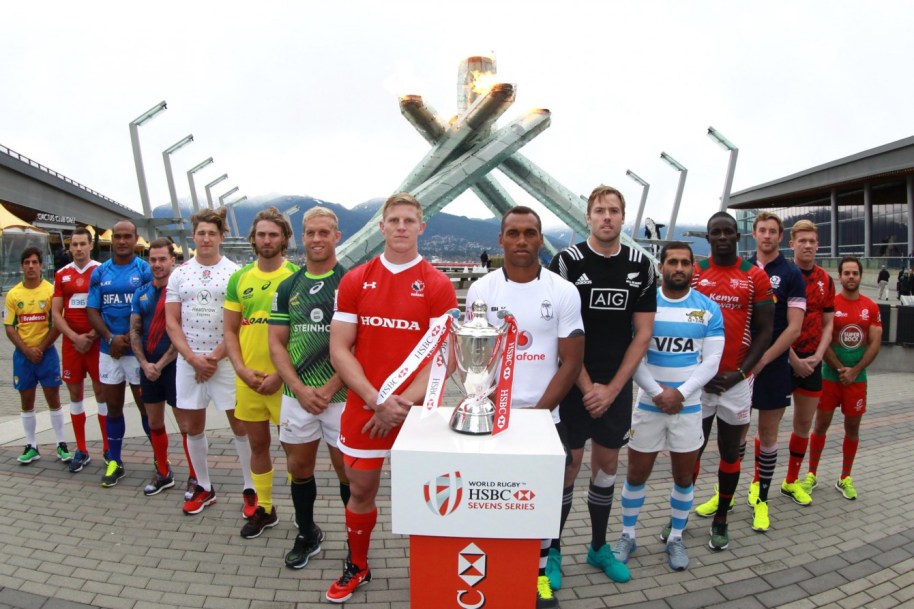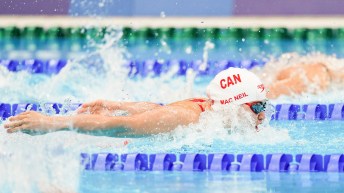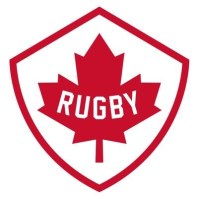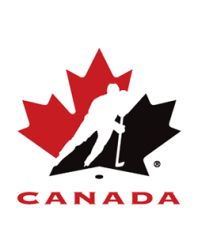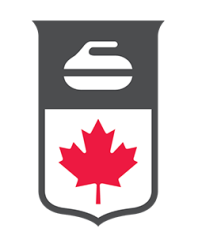Canada Sevens: How the prize breakdown works in rugby
When the 16 nations take to the pitch in Vancouver’s BC Place this weekend for World Rugby Sevens Series for the first time on Canadian turf, a few prizes will be up for grabs.
But which one is the top prize and how exactly do teams make it to each round?
RELATED: Vancouver awarded World Rugby Sevens World Series event for 2016
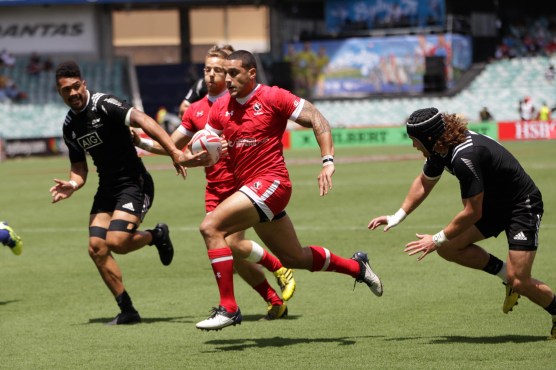
Mike Fuailefau pictured during Las Vegas Sevens at Sam Boyd Stadium. (Photo: Martin Seras Lima)
Traditionally, a rugby sevens tournament includes a cup, plate, bowl, and shield final. The cup is obviously all-important, but teams can walk away with a few consolations. The goal for most teams is to capture the cup, which is awarded to the first place team and overall winner of the tournament. The plate goes to the fifth place squad; the Bowl to team that claims ninth, and the Shield to the 13th place team. The more complex part is figuring out how teams get to each of these finals and where the others finish in-between.
There can be a lot to digest, even for a fan of the sport. When Canada Sevens gets underway on March 12, here’s what the teams will be playing to win:
Cup competition (first to fourth)
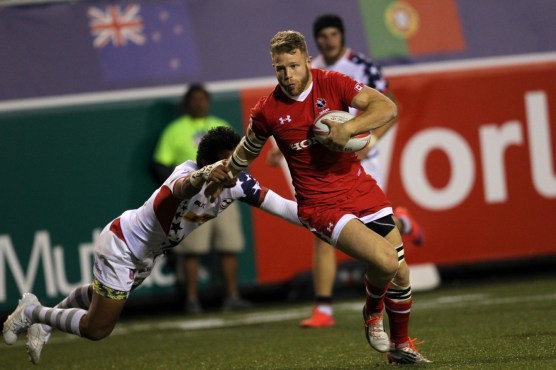
Conor Trainor pictured during Day 1 Las Vegas Sevens at Sam Boyd Stadium. (Photo: Martin Seras Lima)
After a day of round robin matches the top two teams out of four from each pool (there will be four pools) move on to play for the cup. Losing the cup quarterfinal seeds a team into the plate competition; while winning the cup quarterfinal advances squads to the semis. Losing the cup semifinal leaves teams to play for third place overall; while winning the cup semifinal takes the winners to the final to battle for the tournament title.
Plate competition (fifth to eighth)

Canadian players tie up an Australian player in a tackle. (Photo: Martin Seras Lima)
The four teams faced with a loss in cup quarterfinals move onto the plate competition. Winners of the plate semifinals play in the cup final for fifth and sixth place. The two teams defeated in the plate semifinals tie for a joint seventh place.
Bowl competition (ninth to 12th)
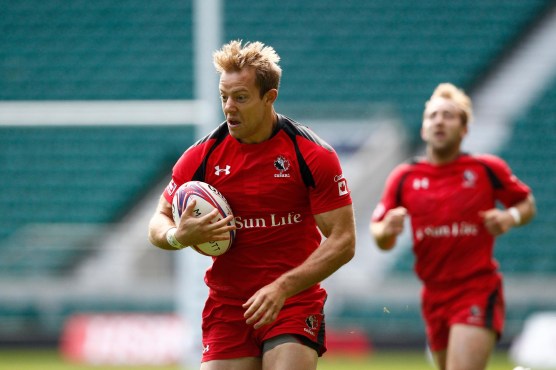
Harry Jones breaks away v Samoa at London 7s . (Photo: World Rugby / Martin Seras Lima)
The bowl and shield competitions are for teams that finish third and fourth in the group stage of their respective pools. The bowl quarterfinals start with eight teams, where the losers move to the shield semfinals. Remaining teams play in the bowl semifinal from which the ninth to 12th place seeding is decided based on winning and losing. The winner of the bowl final takes ninth place in the tournament.
Shield compeition (13th to 16th)
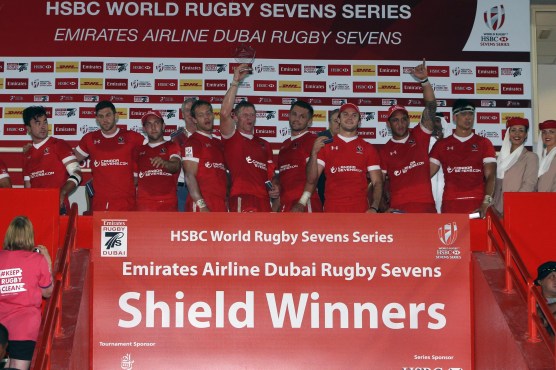
Canada beat Japan to lift the Shield in Dubai. (Photo: World Rugby)
Teams defeated in the bowl quarterfinals bounce to the shield semifinals. Winning the semifinal allows teams to play 13th place. Lastly, the teams who lost in the shield semifinals will place in a joint 15th place.
Bonus: Points distribution
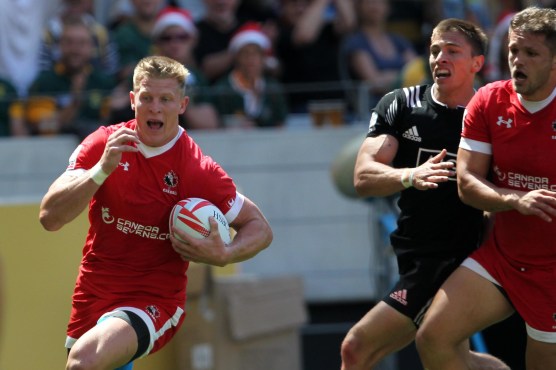
John Moonlight pictured at Cape Town Sevens 2015 in Cape Town, South Africa. (Photo: Martin Seras Lima)
The tournament winner gets 22 points toward the Sevens Series standings with the runner-up taking home 19. Here’s the full points distribution:
(Placement, team, points)
1. Cup winner: 22
2. Cup runner-up: 19
3. Cup third place playoff winner: 17
4. Cup third place playoff loser : 15
5. Plate winner: 13
6. Plate runner-up: 12
T7. Losing plate semifinalists: 10
9. Bowl winner: 8
10. Bowl runner-up: 7
T11. Losing bowl semifinalists: 6
13. Shield winner: 3
14. Shield runner-up: 2
T15. Losing shield semifinalists: 1

